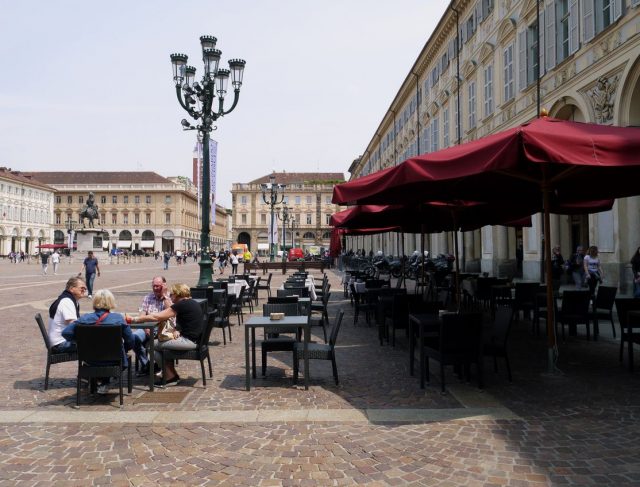It is easy to roam in Europe once you have arrived in the old continent. In some regions, remarkable cities and sights are so close one another that it only takes a couple of hours by car or by train to explore a new destination. Still, there is so much to experience that time tends to run out. Here are tips for trips to Europe when you have a week, a month or six months.
Travel Europe in a week
For exploring Europe in a week, you have to focus on a few, carefully selected destinations. I would recommend maximum three bucket list destinations for this trip. It means two nights for each destination.
If your top 3 must-see destinations list for Europe isn’t ready yet, here is some inspiration. This article lists top 10 most photographed places in Europe. The most popular regions (not cities) in Europe that get the most visitors can be viewed in this article. If your travel budget is a concern, read this article that lists the budget-friendly cities in Europe.
If your two or three planned destinations are faraway from one another, high-speed train (or flying) is the way to travel. Nonetheless, distances in, especially, central Europe are not prohibitively long. You can easily choose three wonderful destinations that are within two hours distance by train or by bus.
In July and August, popular tourist destination are crowded. For instance, without a pre-booked ticket you must queue for hours to Eiffel Tower or to the so-called Harry Potter bookstore in Porto, Portugal. Consider avoiding the high season. Spring and autumn are excellent seasons to travel in Europe. Winter in Scandinavia is for snow lovers.
Travel Europe in a month
This is how I started my trips in Europe. One month summer vacation driving around Europe. We roamed via capital cities to the Alps, and via small countryside towns to the Mediterranean coast.
That’s exactly what many Europeans do during their summer vacations. They pack their family and essential gear to a car and drive away from home for a few weeks.
Thanks to the EU, crossing borders is smooth (in some places, you don’t even realize you have crossed a border), and in the Euro-zone, the currency is the same independent of the country.
If driving is not your thing, European railway companies have a selection of long-term tickets (Eurail Pass) that let you travel for a week or for a month at reasonable prices. BlaBlaCar and BlaBlaBus are car sharing and bus sharing options.
When driving in Europe, sometimes it feels like you enter a new country every couple of hours, or re-enter a country you just left behind. It is true in some regions. When planning a road trip in Europe, my recommendation is to keep in mind that Germany, France and Spain are large countries (Italy is vertically long from north to south, as well as the Nordic countries). For instance, it can take two days only to drive across Spain without any sightseeing or extra stops.
The magic of Europe is that there is something to see in every corner and nook of the continent. If you do your research, you can minimize driving or train travel by focusing on a specific region in Europe. For instance, the Riviera stretches from France to Italy, and features so many magnificent towns and villages on the Mediterranean that one month is not enough to explore all of it. In addition, the Alps mountains and the romantic Provence attract travelers away from the beaches.
Travel Europe in six months
Six months is enough time to explore Europe from the southern end-of-the-world point Sagres, Portugal to the northern end-of-the-world point Nordkapp in Norway.
Two groups of Europeans actually split their life between two or more places. Some retirees who live in central and northern Europe follow migratory birds in autumn and head south to Portugal and Spain for the winter. When the spring arrives, they return to their home countries.
Remote workers, freelancers, and digital nomads are new groups of travelers who may stay in a destination for a month or longer. The lowest living and travel costs are in eastern Europe, whereas Switzerland and the Nordic countries have higher costs than other European countries.
I would divide six months travel time in two-week or one-month periods. Find places that you are interested in and stay there a little bit longer. Explore the entire region. Get to know the place and local ways.
Before paying for accommodation for a month in a destination you are unfamiliar with, stay one or two nights somewhere, and look around if you like it. If possible, before booking anything online, contact local real estate agents who list tourist apartments and ask them to show you something for your budget.


